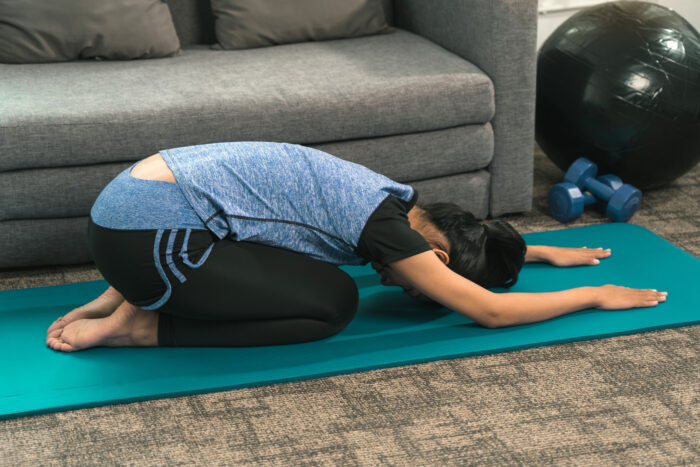
Sleeping with lumbar support can be beneficial for some individuals, particularly those who experience lower back pain or discomfort while sleeping. Lumbar support pillows or cushions can help maintain proper spinal alignment and relieve pressure on the lumbar spine, potentially improving sleep quality and reducing pain.
There are considerations to keep in mind to ensure that sleeping with lumbar support is effective and safe…
Potential Benefits of Sleeping with Lumbar Support
- Improved Spinal Alignment – Lumbar support can help maintain the natural curvature of the spine, reducing strain on the lumbar vertebrae and supporting proper alignment while sleeping.
- Reduced Pressure Points – Supporting the lumbar region can alleviate pressure on the lower back, hips, and pelvis, which may help reduce pain and discomfort during sleep.
- Enhanced Comfort – Many individuals find that sleeping with lumbar support improves overall comfort and reduces tossing and turning during the night, leading to better sleep quality.
Considerations for Sleeping with Lumbar Support
- Proper Positioning – It’s essential to position the lumbar support correctly to ensure optimal spinal alignment. Placing the support too high or too low may cause discomfort or exacerbate existing back issues.
- Personal Comfort – While lumbar support can be beneficial for many individuals, it may not be comfortable or suitable for everyone. Experiment with different types and positions of lumbar support to find what works best for you.
- Mattress and Pillow Support – Lumbar support should complement the support provided by your mattress and pillows. Ensure that your mattress is supportive and in good condition, and use pillows to support your head and neck appropriately.
- Consultation with Healthcare Professional – If you have existing back issues or spinal conditions, consult with a healthcare professional or physical therapist before using lumbar support while sleeping. They can provide guidance on the best approach for your specific needs and condition.
- Gradual Adjustment – If you’re not accustomed to sleeping with lumbar support, start gradually by using it for short periods and gradually increase the duration as your body adjusts.
Alternative Approaches to Improve Sleep Comfort
- Mattress Selection – Choose a mattress that provides adequate support and comfort for your body type and sleeping preferences. Medium-firm mattresses are often recommended for individuals with back pain.
- Pillow Support – Use pillows strategically to support your head, neck, and lower back while sleeping. Experiment with different pillow sizes and positions to find what works best for you.
- Sleep Position – Pay attention to your preferred sleep position and how it affects your back. Sleeping on your back or side with proper support may be beneficial for spine alignment and comfort.
- Temperature and Environment – Create a comfortable sleep environment by controlling room temperature, minimizing noise and light, and using breathable bedding materials.
Conclusion
Sleeping with lumbar support can be beneficial for improving spinal alignment, reducing pressure points, and enhancing comfort for individuals with lower back pain or discomfort. However, it’s essential to ensure proper positioning, consult with a healthcare professional if needed, and consider alternative approaches to improve sleep quality and overall spine health.
Related Posts
Can Too Much Lumbar Support Hurt Your Back?
On
October 29, 2024
Why Does It Hurt When I Use Lumbar Support?
On
October 26, 2024
What Is The Best Exercise For Lumbar Pain?
On
October 14, 2024
How Do You Unlock Your Lumbar Spine?
On
July 22, 2024



